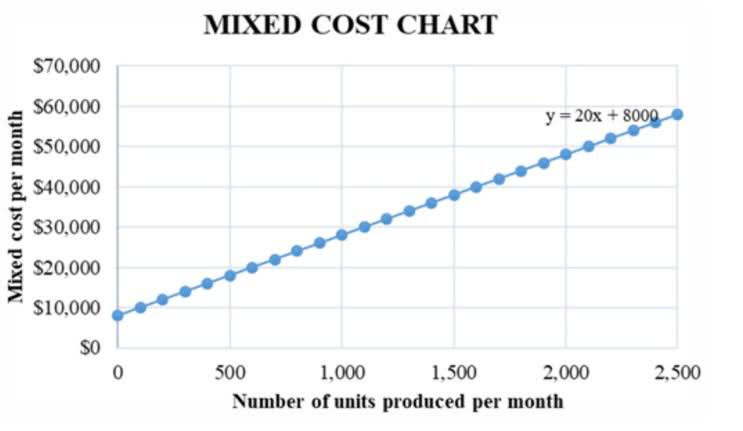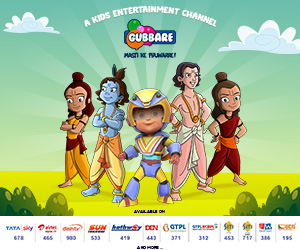
To increase the likelihood of receiving payment on time, provide clear details about payment expectations. Your payment terms should specify the amount of time the buyer has to pay for the agreed-upon purchase. Invoices aren’t necessarily due immediately when customers https://www.bookstime.com/ receive them. You may set invoice payment terms of up to three months to give your customers the flexibility to manage their cash. No matter what your payment terms are, express them clearly to your customer to ensure all parties are on the same page.
Does an Invoice Mean You’ve Been Paid?
Sometimes, the person you deal with directly is not the person who pays the invoice. In some cases, the person you’re in contact with will review and approve your invoice before forwarding it to the relevant person or department (such as the bookkeeping or accounting department). In other cases, you will send the invoice directly to the person responsible for paying you. Achieving success as a contractor or freelancer demands exceptional customer service before, during, and after a product or service is sold. Your commitment to customer experience should also extend to invoicing and billing.
You’re our first priority.Every time.

Billing is when a company or businesses send customers a statement outlining the services sold or products provided, along with the total amount the customer owes. An invoice and an estimate look similar to one another and contain much of the same information, but they serve very different purposes. The purpose of an invoice is to request payment, at a specified payment term, such as net-30. bills and invoices And since an invoice serves as a demand for payment, it’s typically issued after the delivery of the purchased product or service. Restaurants, bars, and hotels might rely on a billing process, granting their customers access to a product or service and billing them once the sales transaction is complete. The total amount that the customer owes can be printed or written on the bill.
- If an issue arises further down the track, you probably won’t remember why the price was adjusted in that specific case.
- Now that we’ve covered the key differences between invoices and bills, let’s get to the meatier bits and uncover how and where you can create these important documents.
- E-invoicing includes several technologies and entry options and is used as a general term to describe any method by which an invoice is electronically presented to a customer for payment.
- Credit cards especially are considered a must-have payment option even for small businesses.
- When an invoice is past due, your customer or client hasn’t paid you according to the agreed payment terms.
- By knowing the differences and following best practices, you can set up workflows that help you stay on top of your payables, receivables, and profit margins.
Invoices vs. Bills vs. Receipts
An invoice typically contains contact information for the seller or service provider in case there is an error relating to the billing. A recent survey of global business leaders showed that 38% of businesses have lost sales due to inflexible billing systems. Learn how you can optimise your billing system to accelerate revenue growth in the Is your billing system holding you back? Standard terms are net 30, 2/10 net 30, end of the month (EOM), 15 MFI, or upon receipt. Net 30 means the customer has 30 calendar days to pay, while EOM means they have until the end of the month.
Recurring invoices
Do you know the difference between a billing statement and an invoice? For many entrepreneurs and accountants, understanding the difference between an invoice and a bill can be perplexing. However, understanding the nuances is key for effective client payment management and cash flow.
The invoice date is crucial as it dictates the payment due date and credit duration. Generally, the due date is 30 days following the invoice date, but this can vary based on a company’s needs and the agreement with the client or buyer. When selling products or services, enter the invoice amount as accounts payable on the buyer’s end.

- The words “invoice” and “bill” are often used interchangeably, but they have different meanings for buyers and sellers.
- This might be to fix and error in the original invoice or to reflect post-sales negotiations.
- The company offers high-quality software at an affordable price, and it tends to be generous with the features and functionality it offers with its free plans — Square Invoices among them.
- Companies, independent contractors, and business owners may choose to send an invoice when the product or service is purchased or delivered or as an end-of-month statement.
- Examples of billing include those done at restaurants, bars, department stores, hair salons or spas.
- To sum it up, sending an invoice is to request payment and receiving a bill is to pay for the purchase.
An invoice is for when you want to collect funds from your customers. You can use the features listed in the ‘What Does an Invoice Include? Spend any amount of time in business, and you’ll hear the words “invoice” and “bill” used as if they were the same. But while the difference between an invoice and a bill can be subtle, it is nonetheless significant. Stripe does not warrant or guarantee the accurateness, completeness, adequacy, or currency of the information in the article. You should seek the advice of a competent attorney or accountant licensed to practice in your jurisdiction for advice on your particular situation.



